Rising Participation in Water Sports
The increasing participation in water sports activities is a primary driver for the Water Sports Equipment Market. As more individuals engage in activities such as kayaking, paddleboarding, and sailing, the demand for specialized equipment rises. Recent statistics indicate that participation rates in water sports have surged by approximately 15% over the past five years. This trend is particularly evident among younger demographics, who are increasingly seeking outdoor recreational activities. The growth in participation not only boosts sales of traditional equipment but also encourages innovation in product design and functionality, thereby enhancing the overall market landscape.
Increased Awareness of Health Benefits
The growing awareness of health and wellness benefits associated with water sports is a significant driver for the Water Sports Equipment Market. Engaging in water-based activities is recognized for its physical and mental health advantages, including improved cardiovascular fitness and stress reduction. As individuals prioritize health, participation in water sports is likely to increase, leading to higher demand for related equipment. Recent surveys indicate that approximately 60% of participants in water sports report enhanced well-being, which further promotes the market. This trend encourages manufacturers to develop equipment that caters to health-conscious consumers.
Technological Innovations in Equipment
Technological advancements play a crucial role in shaping the Water Sports Equipment Market. Innovations such as lightweight materials, enhanced buoyancy, and smart technology integration are transforming traditional equipment. For instance, the introduction of GPS-enabled devices and performance tracking systems has attracted tech-savvy consumers. Market data indicates that the segment for high-tech water sports equipment is expected to grow by 20% over the next five years. This shift not only enhances user experience but also encourages manufacturers to invest in research and development, thereby fostering a competitive market environment.
Growing Tourism and Recreational Activities
The expansion of tourism, particularly in coastal and lakeside regions, significantly influences the Water Sports Equipment Market. As travel and leisure activities gain momentum, destinations are investing in water sports facilities and experiences. Reports suggest that water-based tourism has seen a growth rate of around 10% annually, leading to increased demand for rental and retail equipment. This trend is further supported by the rise of eco-tourism, where travelers seek sustainable and immersive experiences in nature. Consequently, the influx of tourists creates a robust market for water sports equipment, driving innovation and variety in offerings.
Sustainability Trends in Consumer Preferences
Sustainability trends are increasingly influencing consumer preferences within the Water Sports Equipment Market. As environmental concerns rise, consumers are gravitating towards eco-friendly products made from sustainable materials. This shift is prompting manufacturers to adopt greener practices and develop equipment that minimizes environmental impact. Market analysis reveals that the demand for sustainable water sports equipment is projected to grow by 25% over the next five years. This trend not only aligns with consumer values but also encourages innovation in product design, thereby enhancing the overall market appeal.


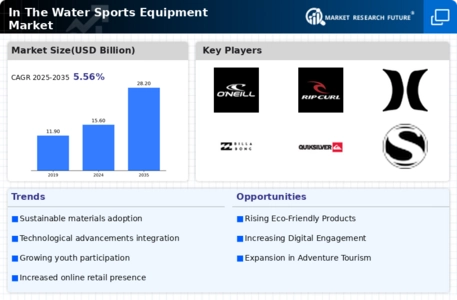
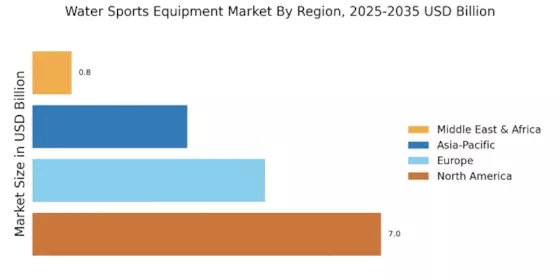
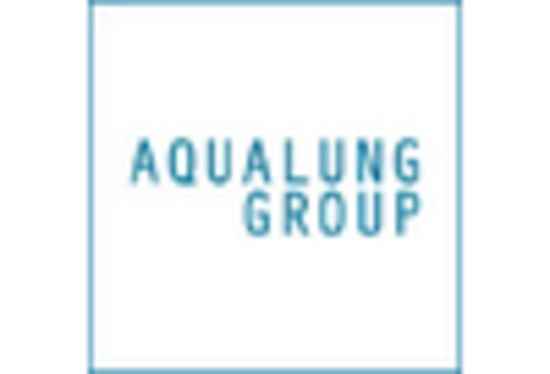
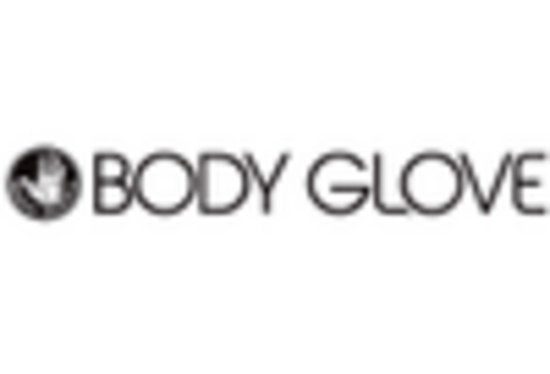
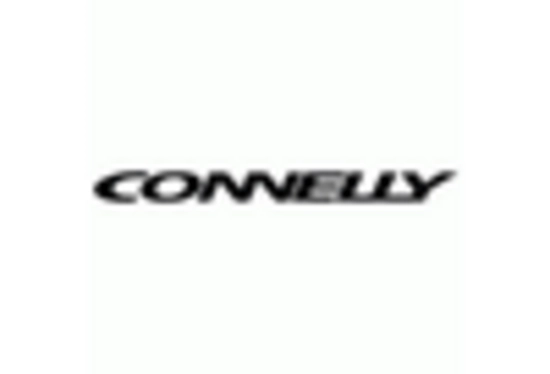

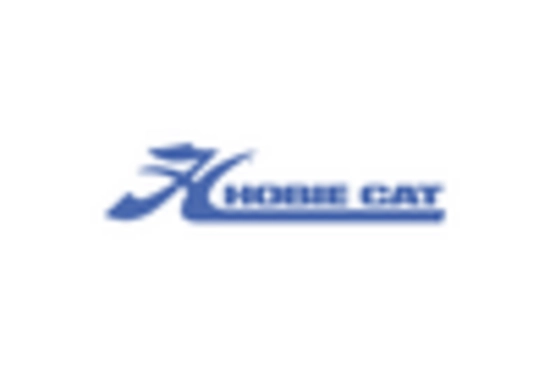
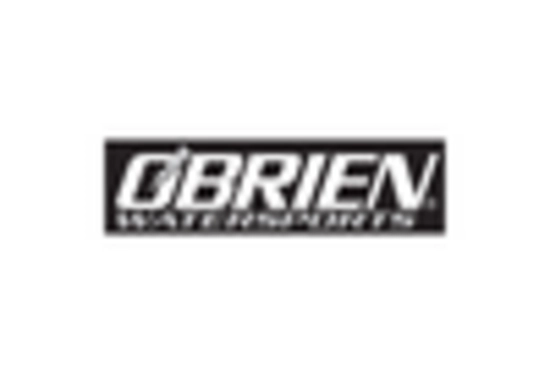








Leave a Comment